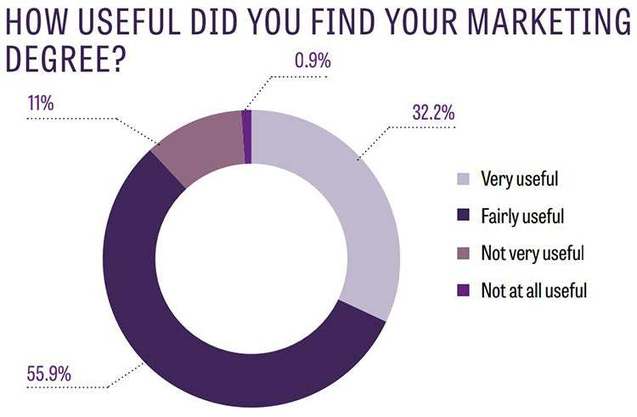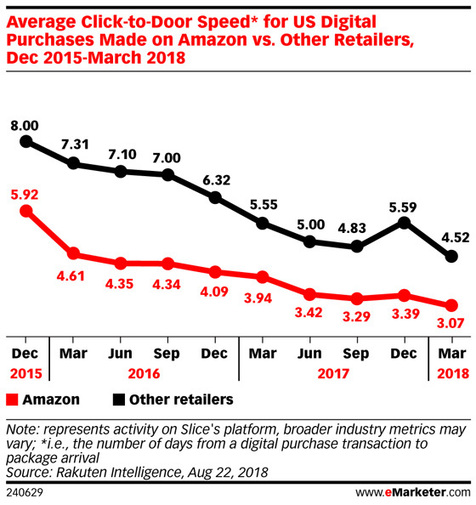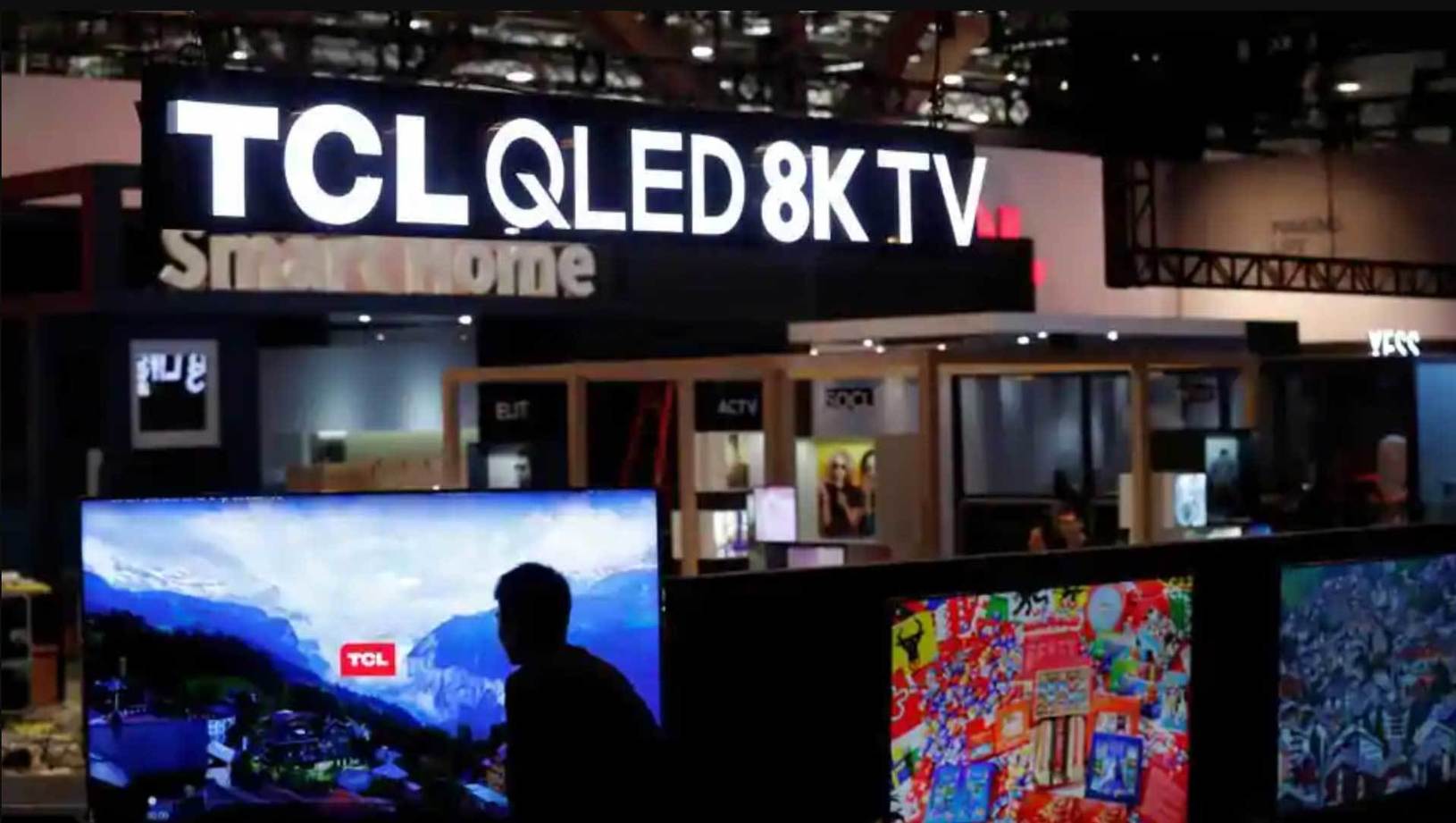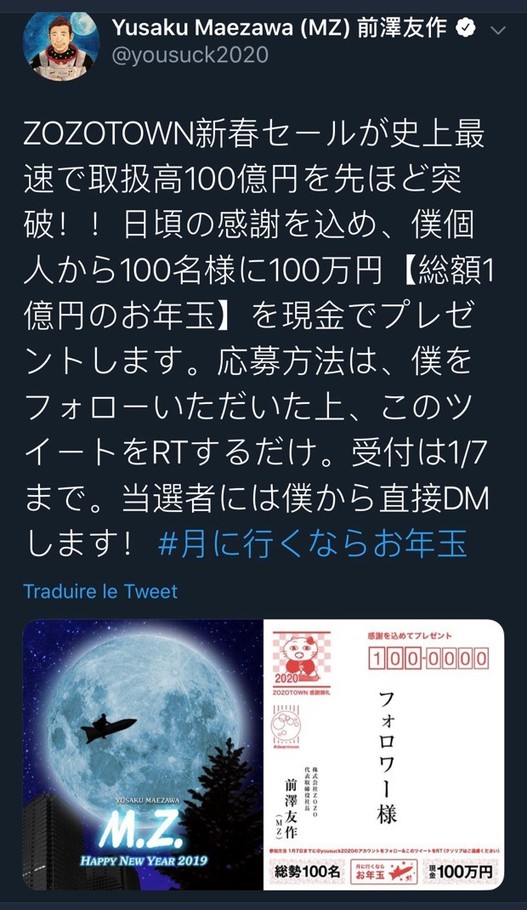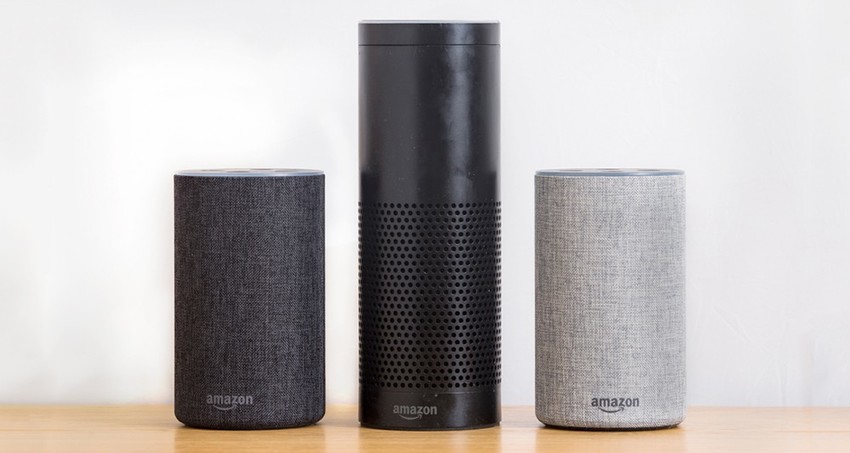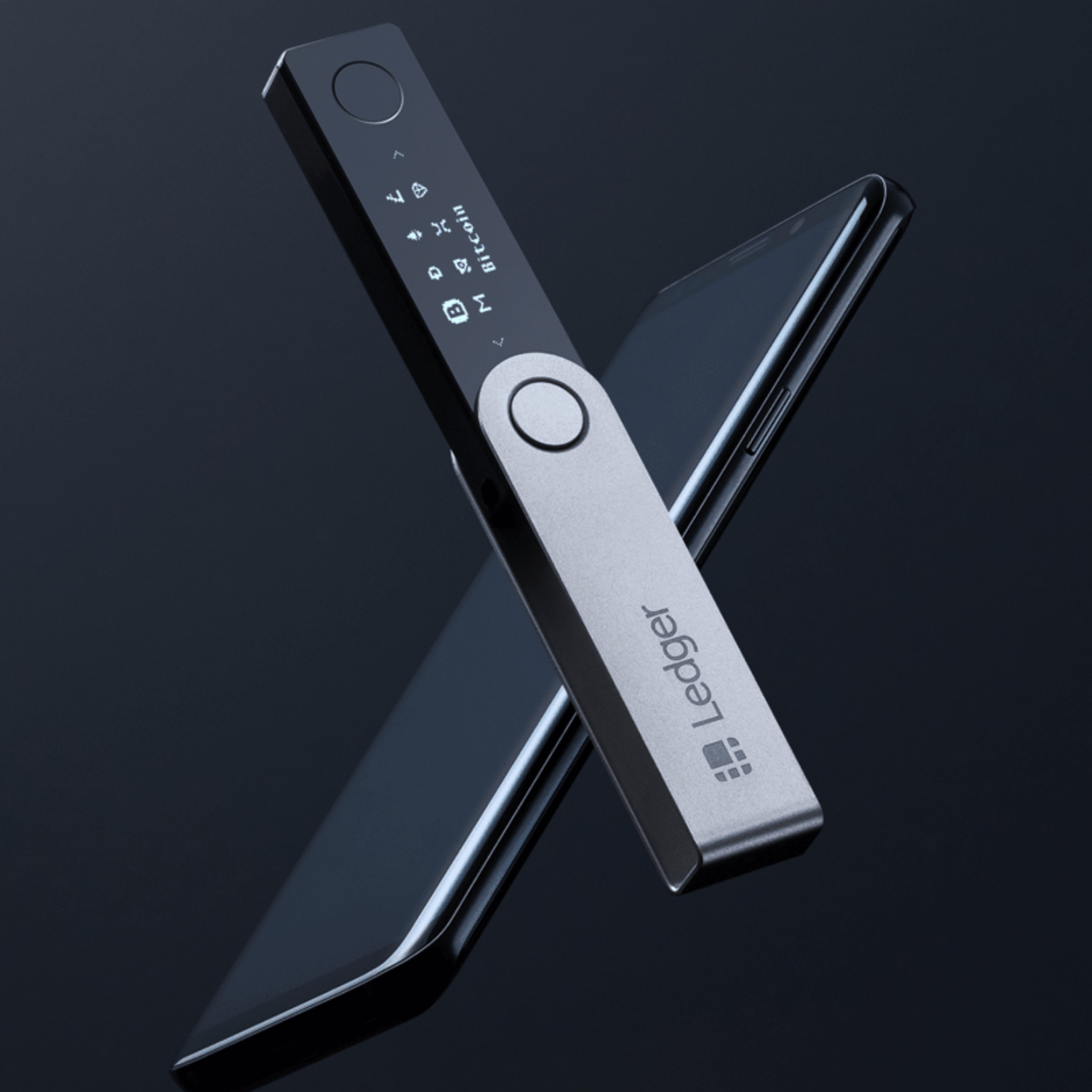The majority of marketers don’t have a marketing qualification
More than half of marketers (53.8%) say they have not studied a marketing-related academic or professional qualification of any kind. Marketing Week’s 2019 Career and Salary Survey, which questioned 4,415 marketers, shows they clearly find their way into the profession via a wide variety of routes. Just 25.7% have a marketing undergraduate degree as their highest qualification, and 16.3% a marketing master’s degree, diploma or doctorate.Of those who say they have studied a marketing degree, just 32.2% found it very useful, with 55.9% describing it as fairly useful and 11% not very useful. Similarly, 35.9% of marketers who have studied a professional qualification – whether from the Chartered Institute of Marketing or another organisation – describe their course as very useful, 50.3% fairly useful and 12.6% not very useful.

